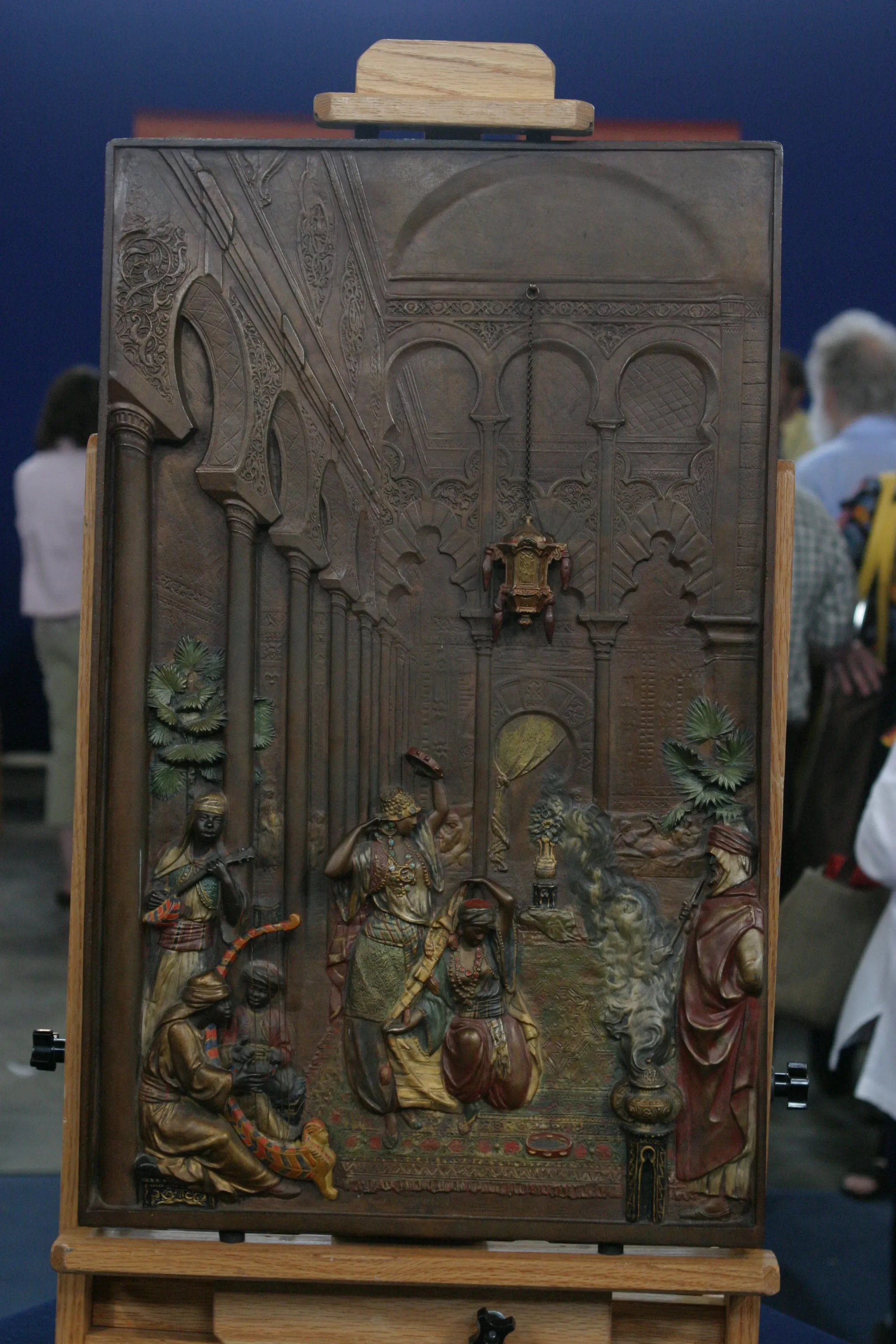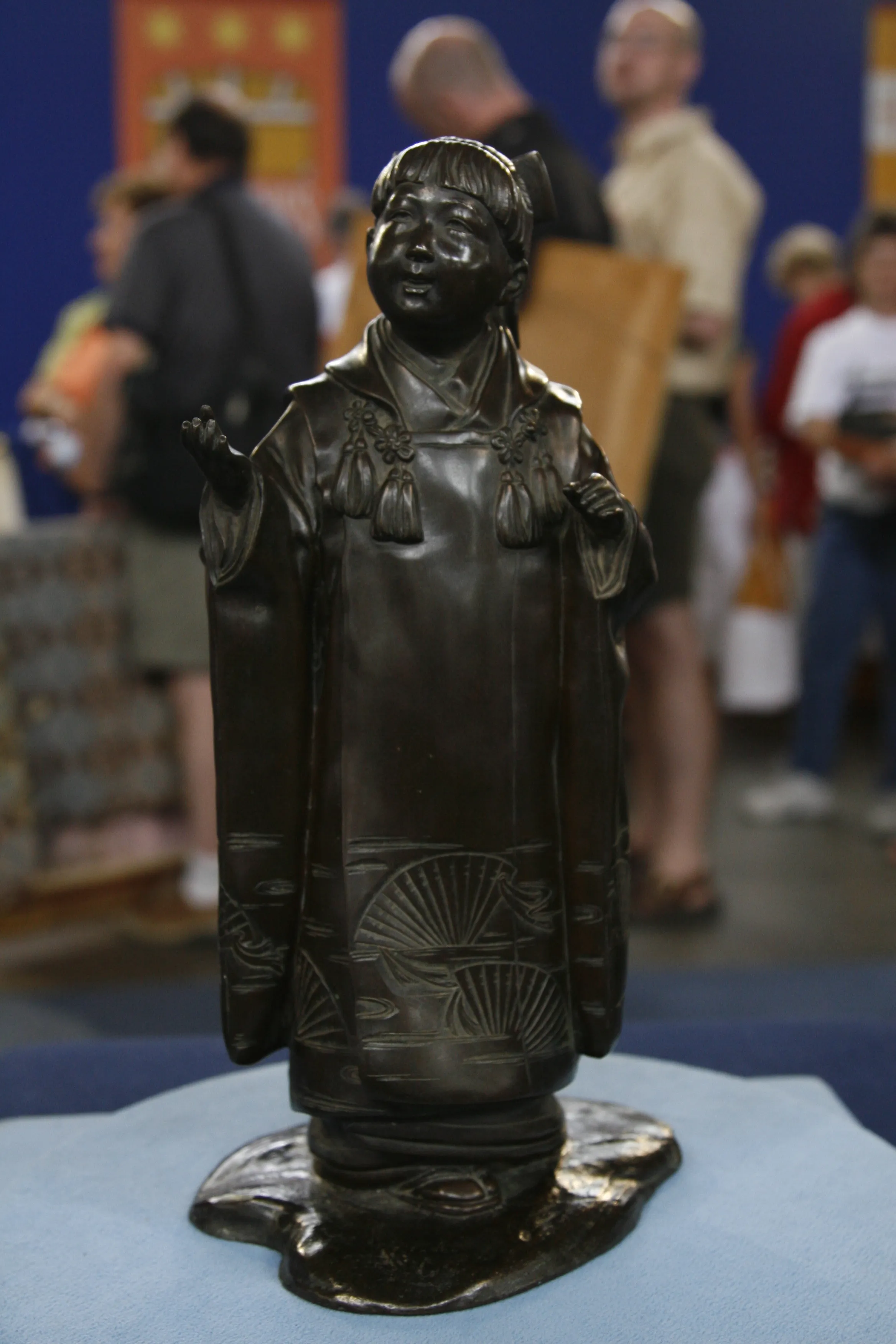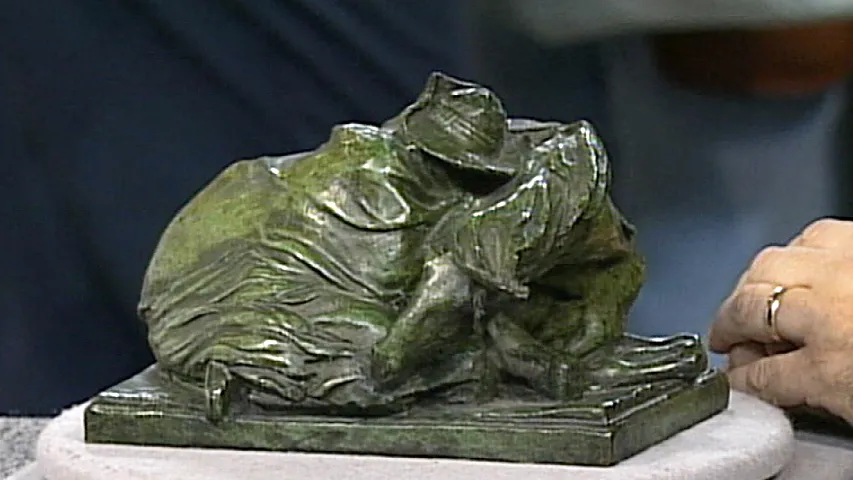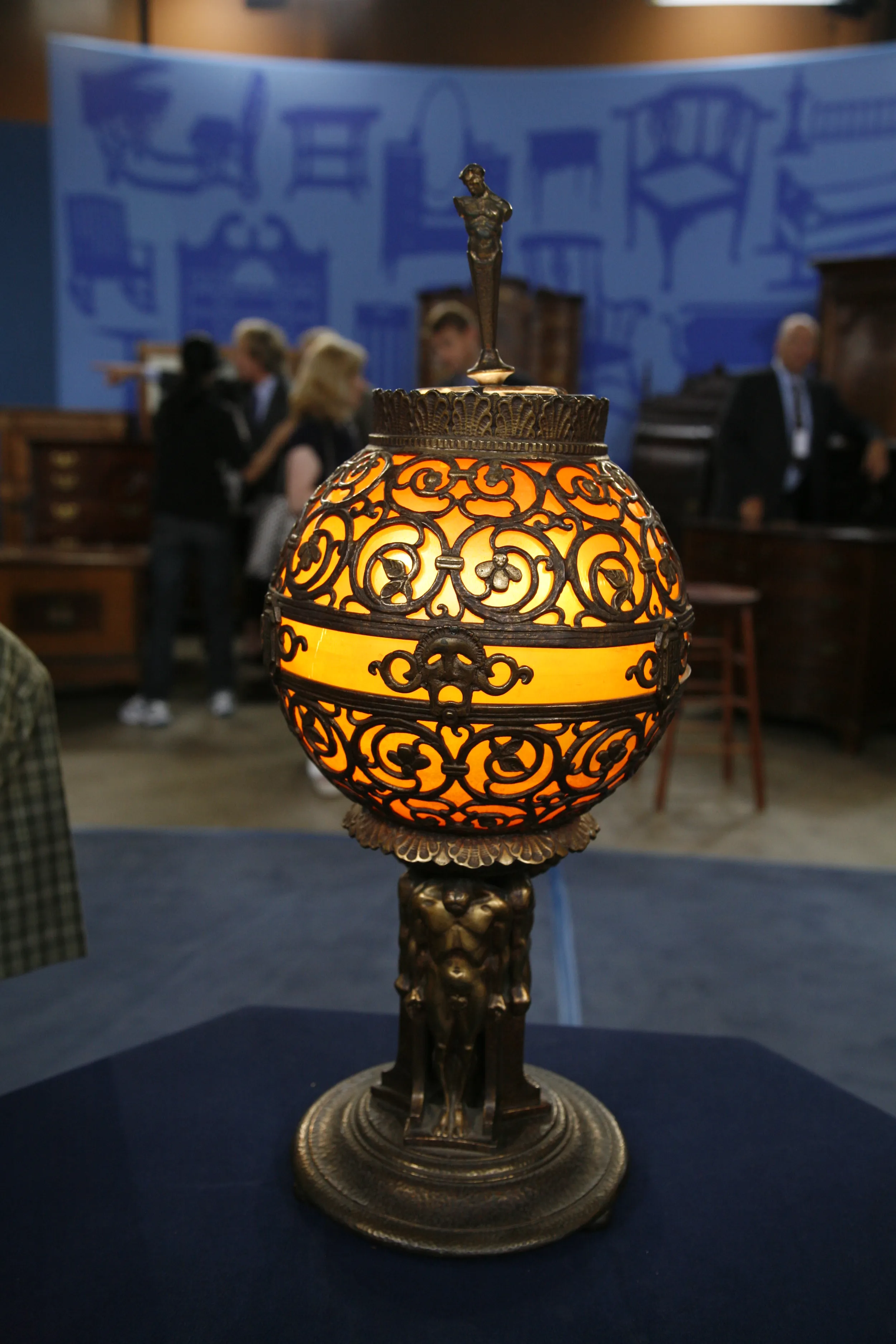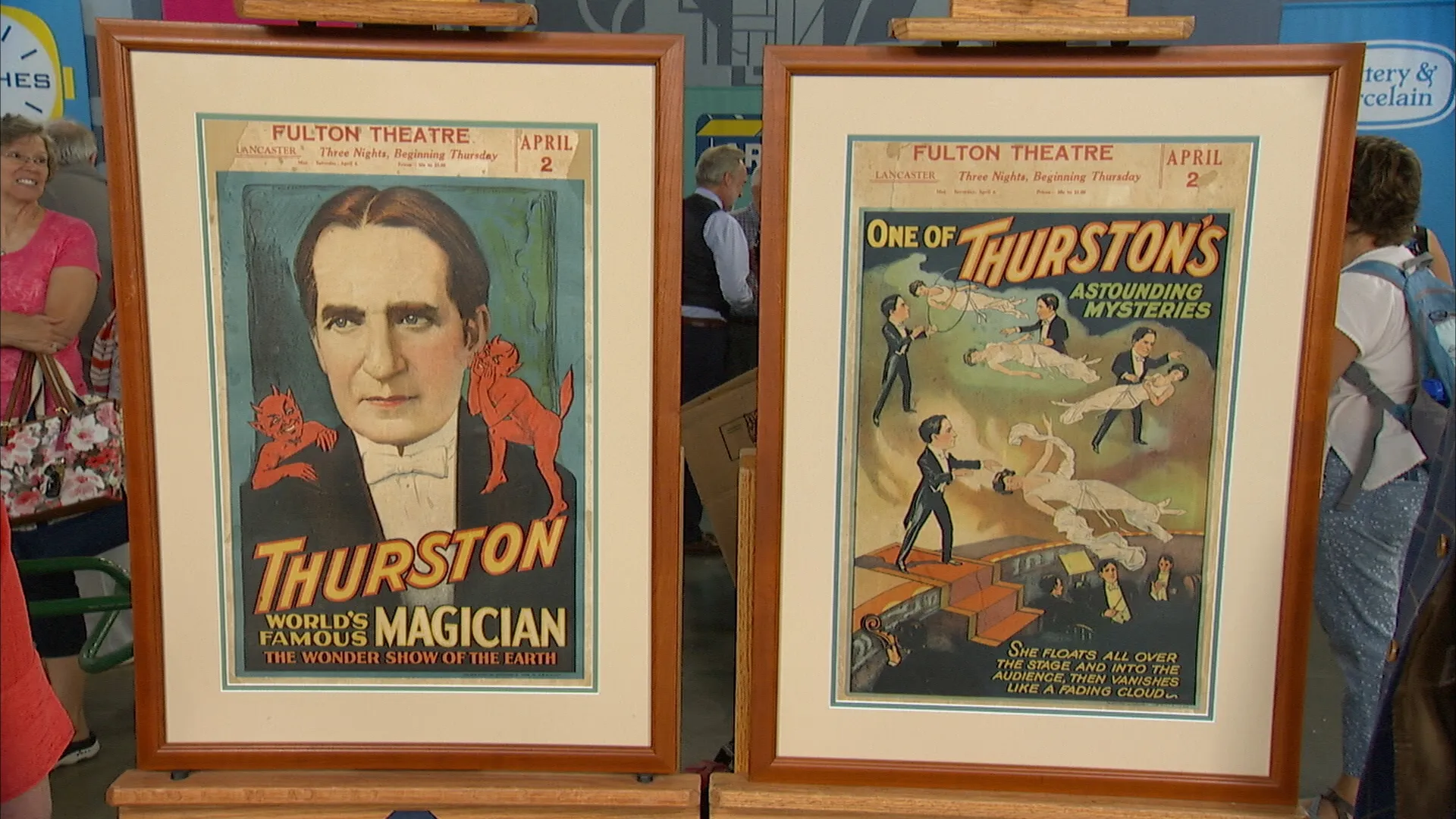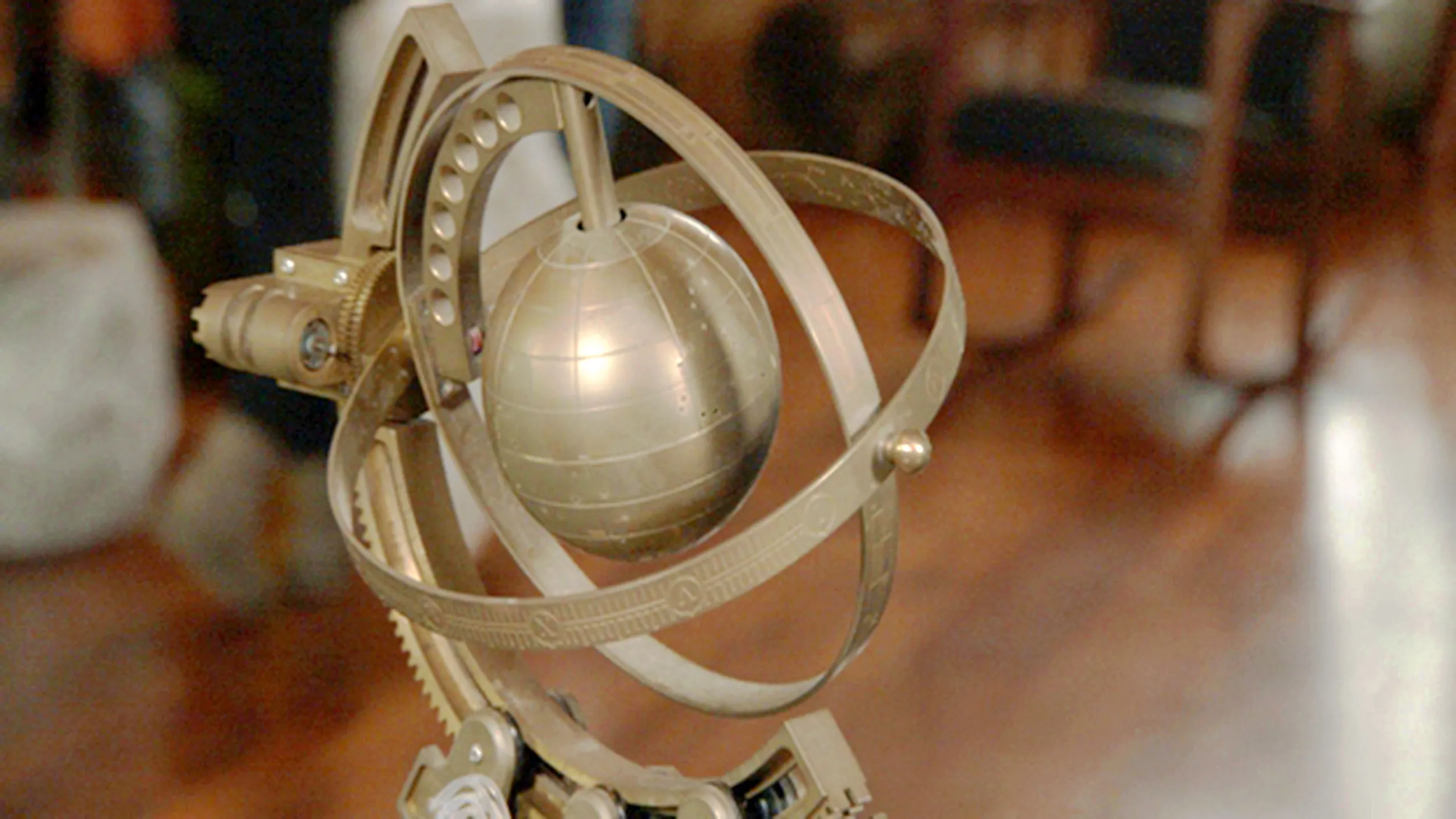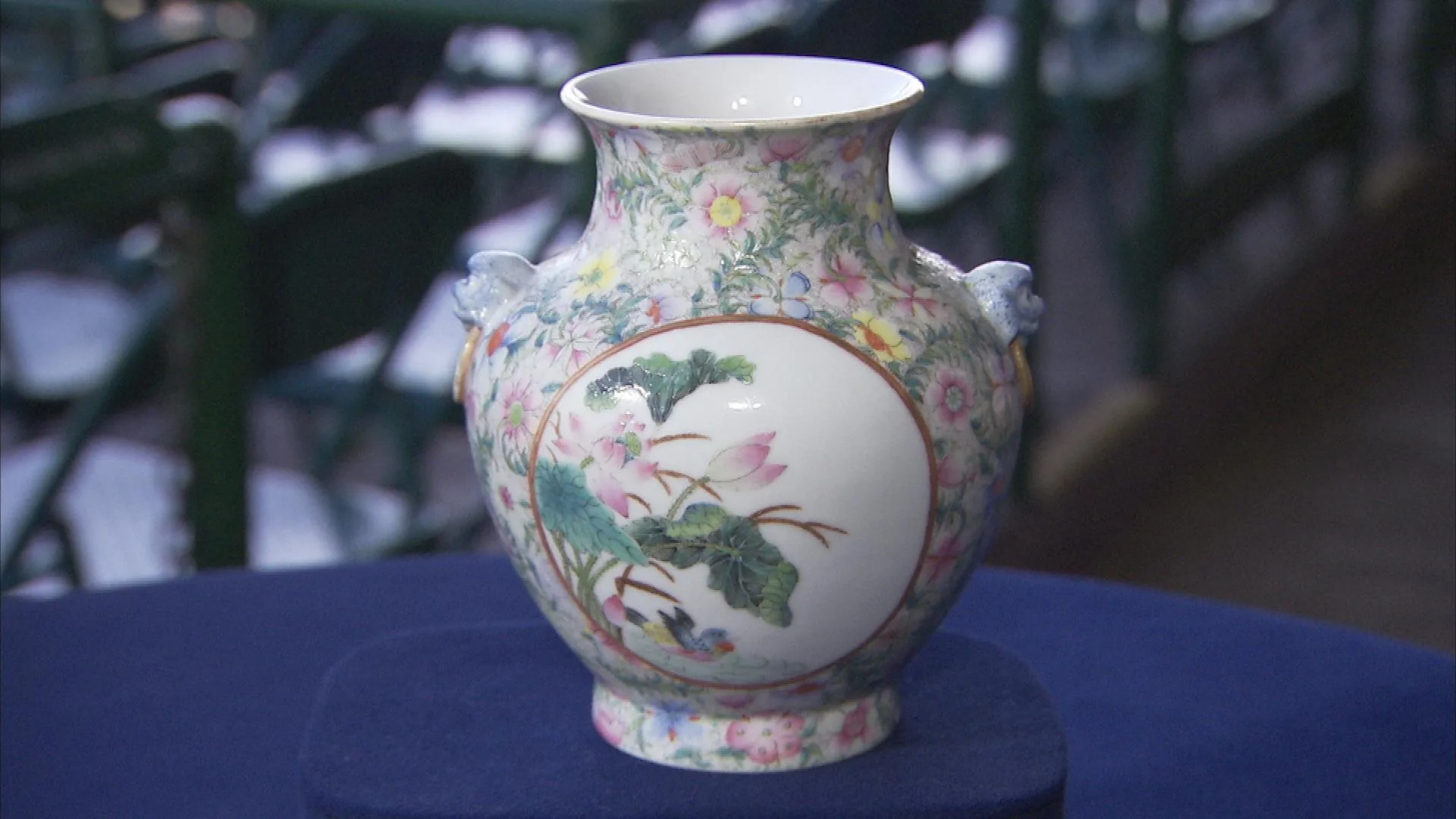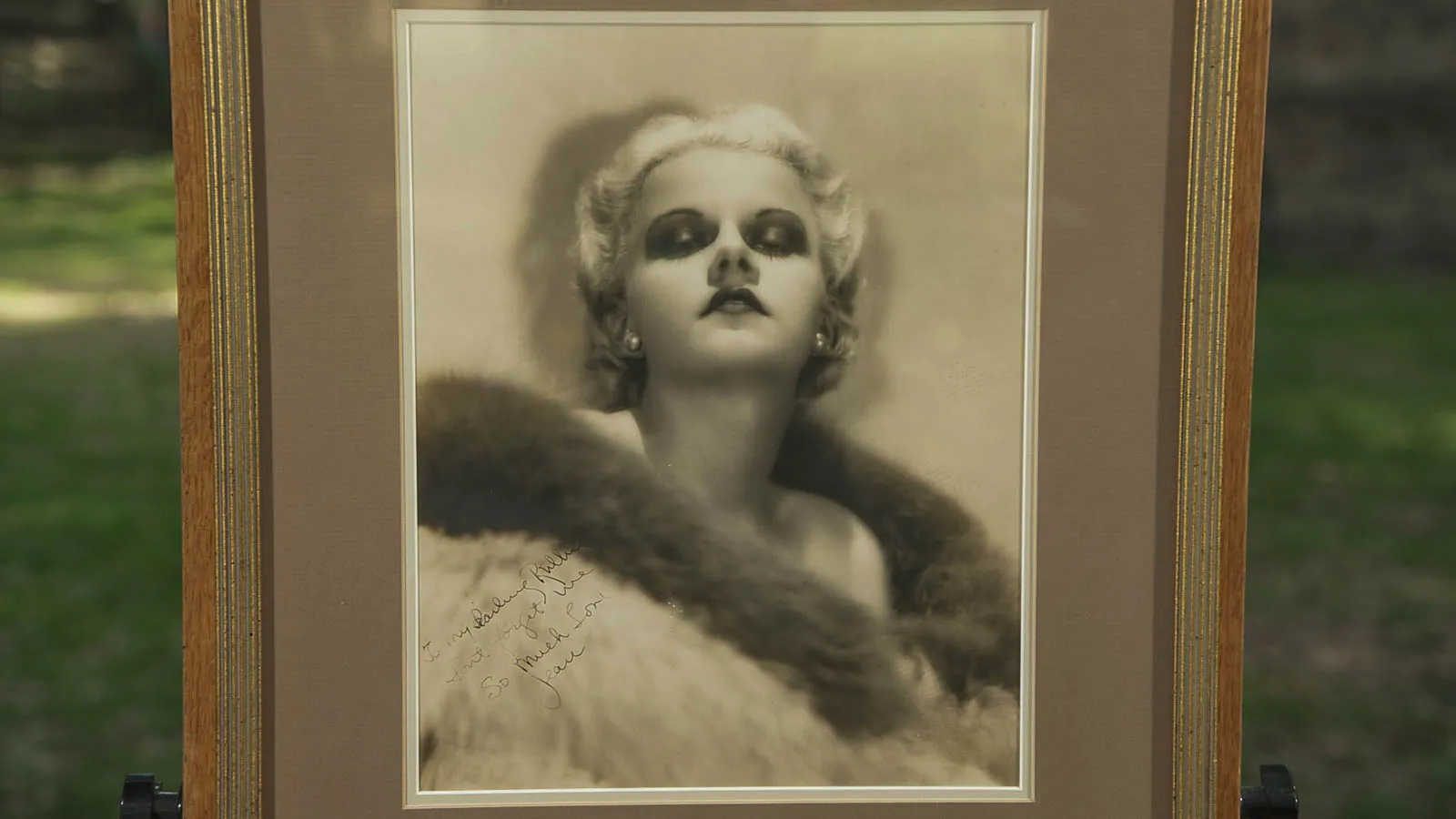GUEST: They were given to my great-grandfather, who was in the second Opium War in China, and they're inscribed. My great-grandfather was in the British Army.
APPRAISER: So they've been in the family for over 100 years.
GUEST: Since 1861, yeah.
APPRAISER: Wonderful. Do you happen to know what they may be made from?
GUEST: Well, I've heard they're cloisonné. I'm guessing they're brass. I'm pretty certain they're Chinese.
APPRAISER: Yes. Quite right, they are Chinese. You mentioned they were inscribed 1861.
GUEST: Yes.
APPRAISER: They're actually earlier than that. These are Qianlong period, probably mid-18th century. They were produced during the high point of Chinese decorative arts. And they are actually a gilt bronze base with a cloisonné enamel. Overall, the condition's average for the pair. If I was to give it a figure out of ten, I would likely give it something like six, six and a half out of ten. We see some pitting, some enamel loss, which is consistent with age and use. These were functional objects. We see extensive wear to the gilding. And you see most of the wear to the high points where it's been removed and reattached, the cover. But these are all really good telltale signs of age, that they were used, functional objects. It's also likely that these were produced for the imperial household. The quality, the style, the repeating Indian lotus on a turquoise ground. And I'll lift up the base. Beautifully worked. Pretty. To show flowers. This wonderful archaic key. We have a stylized taotie mask with rui or lingzhi mushrooms. So they're beautifully worked. I'll also point out there's a little lip here.
GUEST: Uh-huh.
APPRAISER: They're missing a liner.
GUEST: Oh.
APPRAISER: So there was a third element, and a liner sat in the rim.
GUEST: Oh.
APPRAISER: I rarely see these compotes or covered basins with their liners.
GUEST: Oh, okay.
APPRAISER: It's scarce. Now we go back to the point you mentioned that they're inscribed. It's presented "to W.H. Edwards" by H.M. 67th Regiment, by 10th Company Engineers as a mark..." And then it continues. "...of respect and appreciation for services rendered to the company at Tianzhen."
GUEST: 1861.
APPRAISER: 1861. An interesting time in China, as you mentioned. The Second Opium Wars. In 1860, the Summer Palace was attacked by Anglo-French troops, the Legion. The English were part of that, the French and others. Many objects left and were removed from the Imperial Palace in 1860.
GUEST: Oh. (chuckling)
APPRAISER: Objects were removed and came onto the open market in a variety of ways. Some were removed by the Legion troops, as souvenirs, which was commonplace then. Others were sold by eunuchs and those from the court who lost their means of employment. One of the few resources available to an unemployed civil servant were the objects around the palace. So objects were removed, there were auctions, they were sold at markets. The value in an auction today is likely to be between $20,000 and $30,000.
GUEST: Oh. Okay. (chuckling) That's very interesting, thank you. I guess my dad was right, they were worth something.
APPRAISER: An insurance value would probably be around $40,000.


